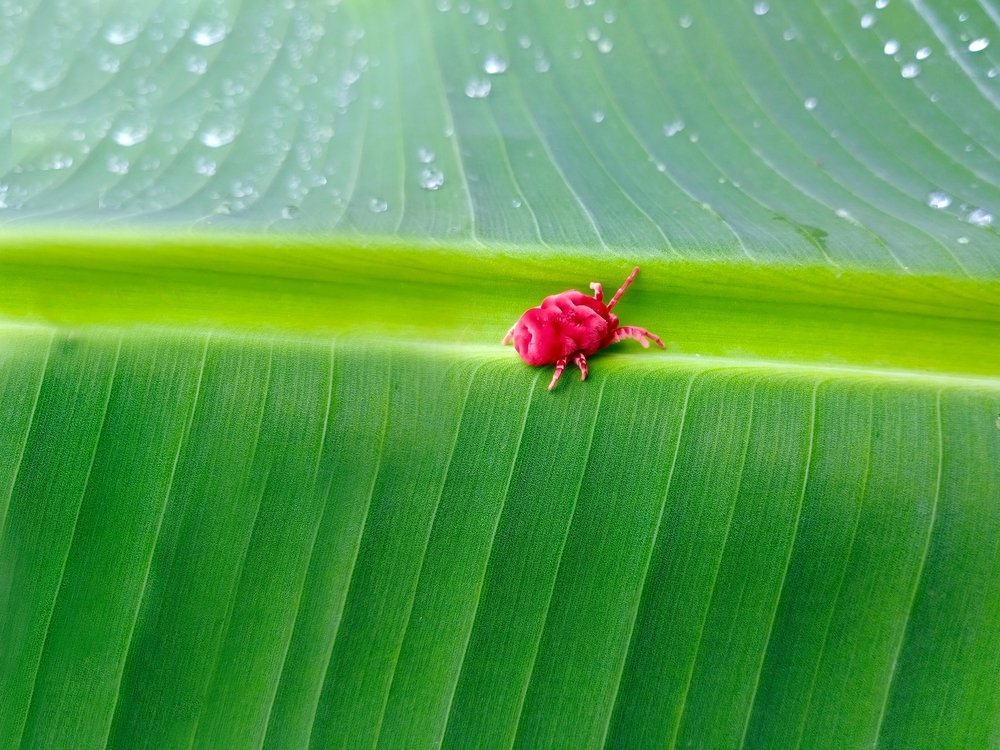Chiggers are tiny mites that live near water and are typically found in grass or wooded areas. They enjoy the warmth, come out in the warmer months, and they attach to clothes. They are also known for biting people, causing itching around the bite site. Although many people believe they bury themselves in skin, they actually feed on skin cells and do not break the skin.
As well as being a potential pest for people, chiggers can also bite dogs and cause itching and discomfort. The itching can last a week or so, but your vet might be able to prescribe a drug to help combat the itching.
Read on for more information on chiggers and the effects of their bites on dogs, what you can do about them, and other common questions about chiggers on dogs.


What Are Chiggers?
Also known as harvest mites, red bugs, itch mites, and scrub mites, the proper name for chiggers is Trombiculamites. These microscopic mites are very difficult to spot, especially out in the open, and they are something of a pest because they attach to clothes.
They will also crawl on the skin and bite to eat skin cells, causing inflammation and itching around the site of the bites. The mites do not break the skin which means they are easily brushed off, but they tend to congregate, which means if you have one you likely have more.
As well as being a pest for people, chiggers will also attempt to bite dogs. If they manage to get under the coat and onto the skin, your dog could suffer the same itchiness and rashes.


Where and When They’re Found
Chiggers are usually found in grassy and wooded areas around water. They prefer warm conditions so they are most likely to be found in the summer months, and because they are so small and prevalent in certain areas of the US, they can be very difficult to avoid altogether.
If you like taking your dog out adventuring, whether you enjoy dock diving or long hikes, you will likely come into contact with this little creature.
Diagnosis of Chigger Bites
Harvest mites are tiny, and they don’t pierce the skin or burrow into the skin. Because they cause itching, your dog is likely to scratch or bite the affected area. They might cling to your dog’s coat, but the size of these little mites means they are very difficult to spot.
A vet will ask about any recent walks or adventures while trying to determine when the itching started. They will want to rule out any adverse reactions to other environmental factors, but if you have been walking in areas that are prone to chiggers, this is the likely cause.
Treatment Options
If you know your dog has come into contact with chiggers, you can take steps to remove them. Use an oatmeal shampoo and warm water and give your dog a good bath. This will help remove any mites that are still hanging on.

